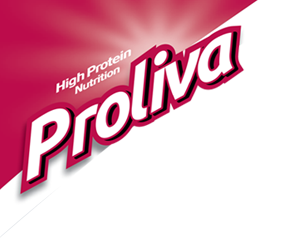You’ve got a lot on your plate when it comes to maintaining a healthy diet. You have to worry about watching your sugar intake, getting enough vitamins and avoiding processed food. Do you really need to stress about whether you’re eating complete or incomplete proteins?
If you’re eating a versatile, healthy diet, the short answer is probably not.
To be clear, you definitely need to be eating enough protein – your body needs protein to form muscle, transport nutrients, and build and repair tissue. But eating a wide variety of protein-containing foods can help you get there, says functional medicine dietitian Rachel Stockle, MS, LD, RDN.
What is a complete protein?
A food is considered a complete protein when it contains the nine essential amino acids that our body cannot produce on its own.
Let’s back up for a second and talk about amino acids. They’re organic compounds that are considered to be the “building blocks” of protein.
There are 20 different amino acids that bond together in a chain to form a protein. Eleven of those amino acids are produced by our bodies. The other nine – the so-called essential amino acids – we need to get through food.
Many foods contain some but not all of the essential amino acids, and in various amounts. These are incomplete sources of protein, and they include:
- Legumes (beans, peas, lentils)
- Nuts
- Seeds
- Whole grains
- Vegetables
Complete proteins contain all nine essential amino acids in consistent amounts. Here are some complete protein examples:
- Fish
- Poultry
- Eggs
- Beef
- Pork
- Dairy
- Whole sources of soy (tofu, edamame, tempeh, miso)
Plant-based proteins
You probably noticed that most complete sources of protein are animal products. But no need to sweat it if you’re following a vegetarian or vegan diet – you can still meet your protein needs with a variety of plant-based foods.
In fact, you don’t even necessarily need to mix and match incomplete proteins to create a complete protein at each meal.
“Including a wide variety of plant foods such as legumes, lentils, nuts, seeds and whole grains on a daily basis will allow for you to get the complete protein you need,” Stockle says. These foods also provide additional benefits in the form of vitamins and minerals.
So how much protein do I actually need?
A general rule to follow is to eat somewhere between 0.36 and 0.90 grams of protein per pound of your body weight each day, depending on your activity level and general health, Stockle says.
For example, a 140-pound woman who’s running 20 miles a week and lifting weights three days a week probably needs more protein than someone of the same weight who gets their exercise from walking four days a week.
Another important thing to remember is that timing matters. “We can only absorb about 25 to 40 grams of protein per sitting, so making sure to space out protein intake throughout the day is important,” she adds.
Unsure if you’re overdoing it? Use your hand as a guide – an appropriate serving of protein is generally about the size of the palm of your hand.
And if you’re worried you’re not getting enough? Stockle adds, “There are many protein powders you can supplement with in your smoothies that use combinations of hemp seed protein, pea protein and rice protein, which have higher percentages of all the amino acids we need.”
Source: https://health.clevelandclinic.org/do-i-need-to-worry-about-eating-complete-proteins/

